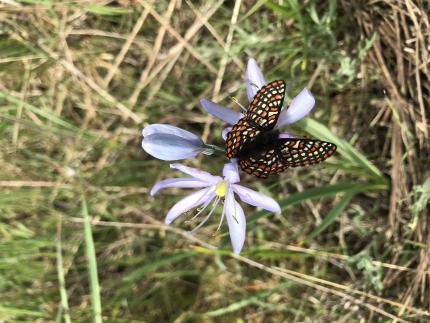Nov. 1, 2021 Update: WDFW made a major update to our Priority Habitats and Species (PHS) map layers for two agency-designated priority habitats: Shrubsteppe and Eastside Steppe. Learn more about the updated maps.
The Priority Habitats and Species (PHS) Program is the agency's primary means of transferring fish and wildlife information from our resource experts to local governments, landowners, and others who use it to protect habitat. PHS information is used primarily by cities and counties to implement and update land use plans and development regulations under the Growth Management Act and Shoreline Management Act. Landowners also use PHS as they consider ways to develop and conserve their property.
The PHS program addresses four central questions:
|
Land Use Question |
Priority Habitats and Species (PHS) Answer |
|---|---|
|
Which species and habitats are priorities for management and conservation? |
|
|
Where are these habitats and species located? |
|
|
What should be done to protect these resources when land use decisions are made? |
|
|
How effective are current efforts at conserving these resources? |
PHS Adaptive Management |
Regulations associated with PHS

The Washington Administrative Code refers to PHS in sections dealing with Critical Area Ordinances, Shoreline Master Programs, and the Essential Facilities Siting Evaluation Council. The state supreme court has held that PHS is a valid source of best available science for the Growth Management Act.
That being said, there are no state "PHS regulations". The mapping of a PHS species or a PHS management recommendation does not by itself create an obligation on the landowner. However, depending on how a local government’s development regulations are worded, PHS maps and management recommendations may trigger the local government’s regulatory authority. Using PHS to trigger local regulations is recommended by WDFW and the departments of Commerce and Ecology.
Other than Growth Management Act and Shoreline Master Program requirements, projects affecting priority habitats and species may be affected by regulatory requirements under the Endangered Species Act, Forest Practices Act, hydraulics code, and/or game harvest regulations.
In non-regulatory contexts, PHS has been used to inform decisions about which proposed land acquisitions and restoration are priorities for funding.
Contact
Your local habitat biologist can provide site-specific advice. Please contact PHS customer service staff to fulfill requests for standard maps at 360-902-2543.